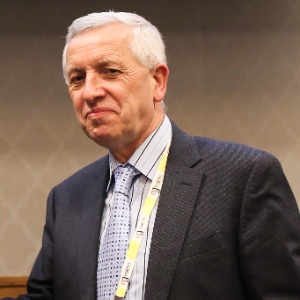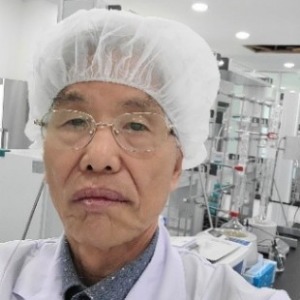Colloids are a technique to get over these restrictions of traditional catalyst preparation techniques. The required support is then covered with NPs that were first generated in a solvent by reduction of dissolved metal precursors. As an alternative, they can be utilised straight away to make bulk catalysts without a support. Colloids are heterogeneous mixes of two materials in chemistry where minute particles of one material are scattered in another material. Small particles suspended in another material are referred to as the dispersed phase, and the substance in which they are suspended is referred to as the dispersion medium. For instance, the liquid phase of water is the dispersed phase in the fog, while other gases are the dispersion medium. Colloidal dispersed phase particles are so tiny that we cannot see them with the naked eye. Colloids can be classified into the following two categories according to how the dispersed phase and dispersion medium interact:
- Lyophilic colloids or lyophilic sols
- Lyophobic colloids or lyophobic sols

Stanislaw Dzwigaj
Sorbonne University, France
Anne M Gaffney
University of South Carolina, United States
Victor Cerda
University of the Balearic Island, Spain
Marta I Litter
Sapienza University of Rome, Italy
Dae Dong Sung
Korea University Sejong Campus, Korea, Republic of
Enrico Paris
CREA-IT & DIAEE, Italy
Collin G Joseph
University Malaysia Sabah, Malaysia



Title : A desirable framework for establishing a resource circulation society
Dai Yeun Jeong, Jeju National University, Korea, Republic of
Title : Design of efficient and stable structured catalysts for biofuels transformation into syngas by using advanced technologies of nanocomposite active components synthesis, supporting on heat conducting substrates and sintering
Vladislav Sadykov, Novosibirsk State University, Russian Federation
Title : Application of vanadium, tantalum and chromium single-site zeolites in heterogeneous catalysis
Stanislaw Dzwigaj, Sorbonne University, France
Title : Personalized and precision medicine (ppm) as a unique healthcare model through bi-odesign-inspired bio- and chemical engineering applications to secure the human healthcare and biosafety: Engineering of biocatalysts - from evolution to creation
Sergey Suchkov, N.D. Zelinskii Institute for Organic Chemistry of the Russian Academy of Sciences, Russian Federation
Title : Catalytic potential of biochar derived from heavy-metal-contaminated biomass
Enrico Paris, CREA-IT & DIAEE, Italy
Title : Effective B2O3 modified Ni/Al2O3 co precipitated catalysts for waste cooking oil transformation into green diesel
Eleana Kordouli, University of Patras, Greece